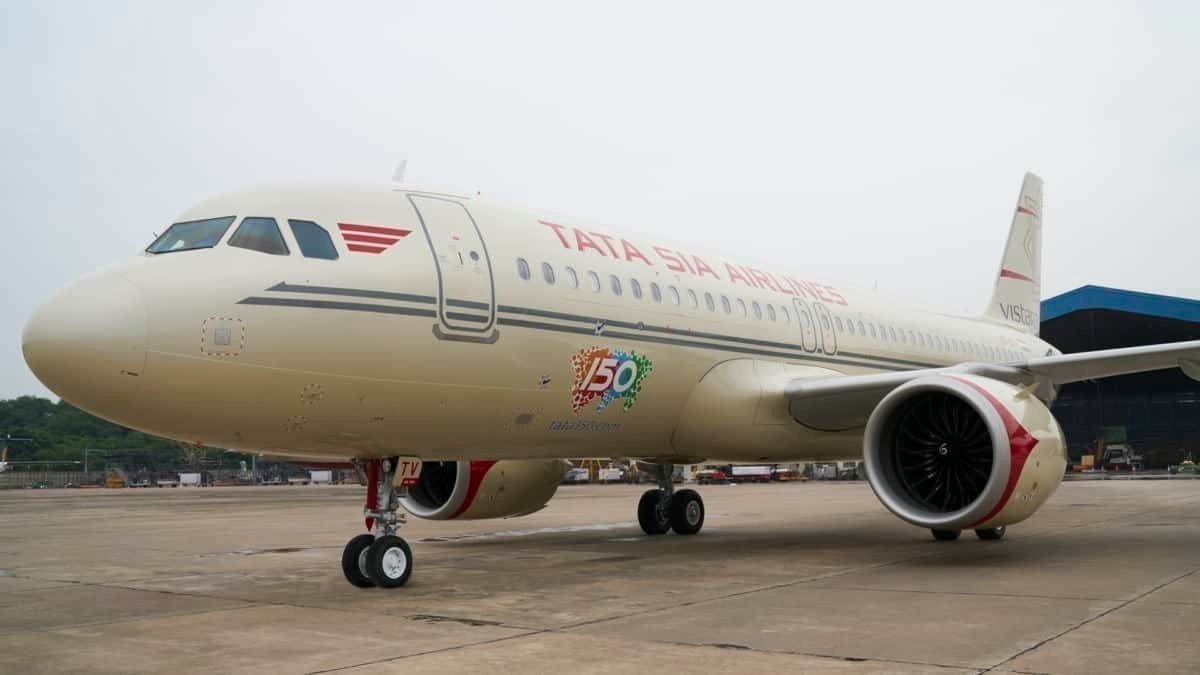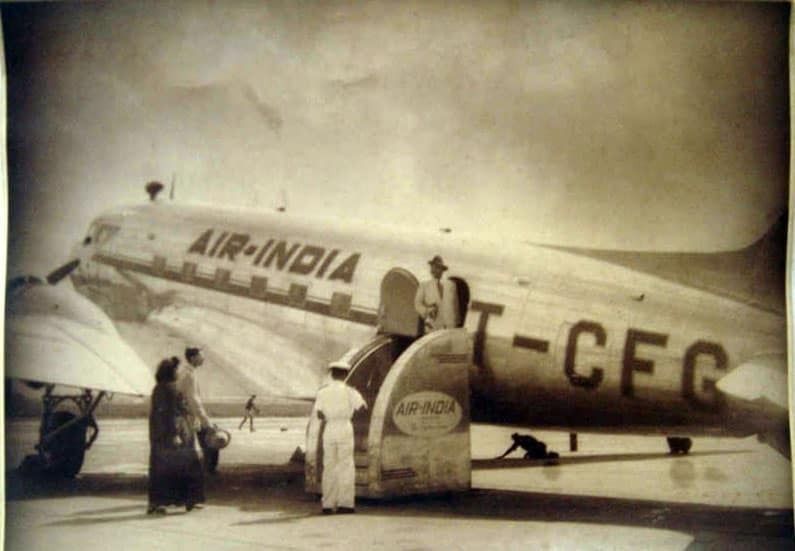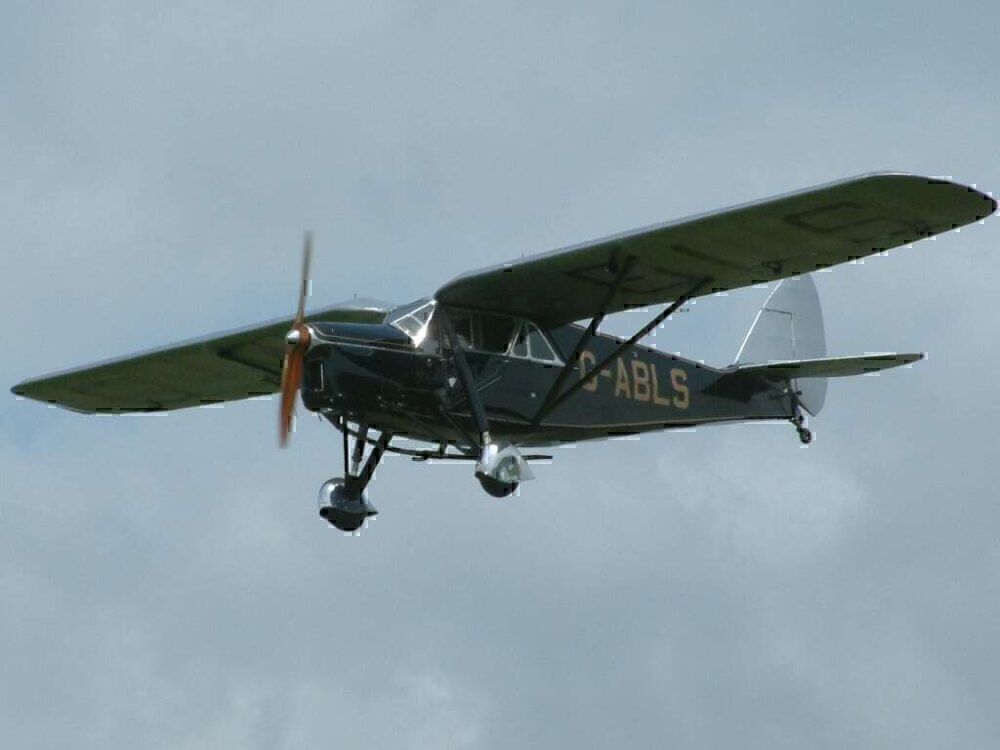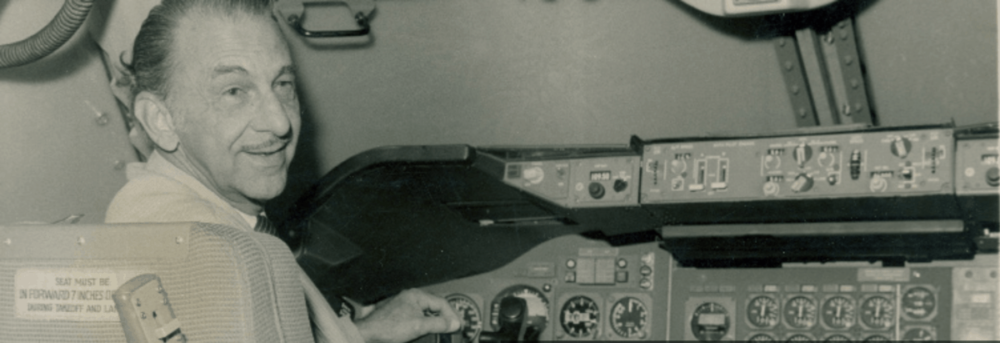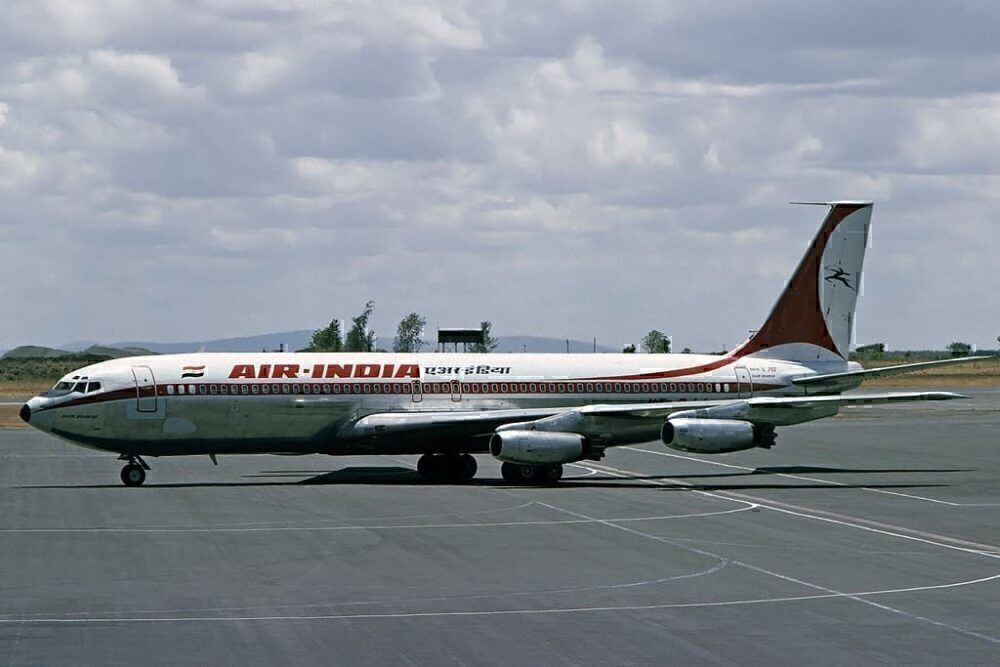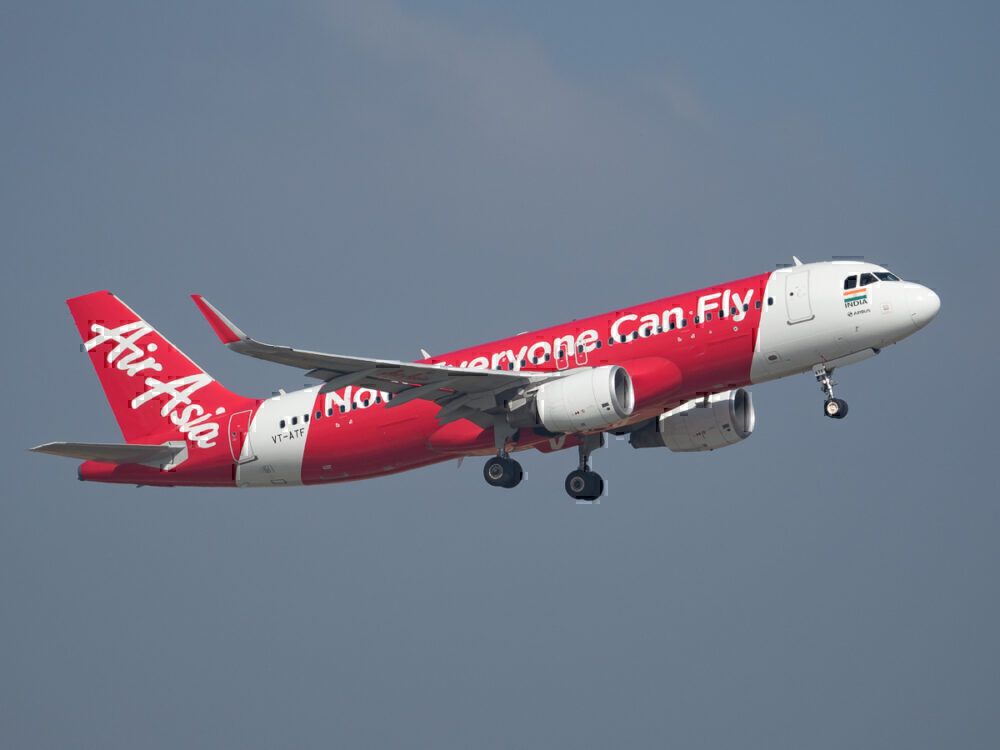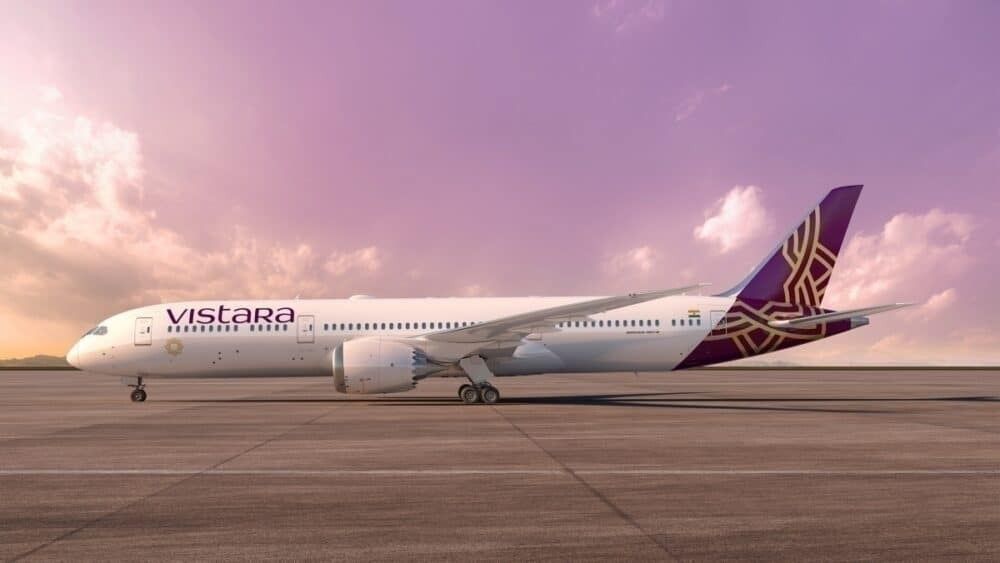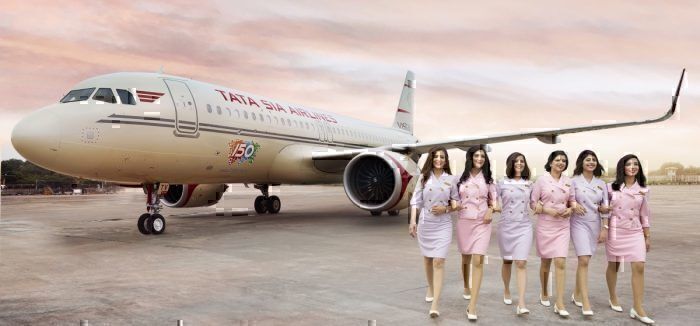The history of Indian civil aviation is closely linked to that of the Tata Group, the Mumbai-based global conglomerate. While it may now be famous in aviation circles due to its investments in AirAsia India and Vistara, Tata's history in aviation stretches back to the beginning of commercial aviation in India.
The foundation of Indian aviation
To say the Tata's were the founders of Indian aviation would not be an overstatement. J.R.D Tata, the later Chairman of the Tata Group, held the first pilot's license ever issued in India, having first flown in Europe and drawing inspiration from family friend Louis Blériot (the first man to fly across the English Channel).
He went on to establish Tata Air Services in 1932, India's first commercial airline, which carried freight from different parts of India and a few passengers. The airline grew quickly from there, adding a number of domestic destinations and its first international destination of Sri Lanka (then Ceylon, another British colony) in 1938. It was later renamed Tata Airlines.
Following World War 2, commercial air service returned, and Tata Airlines was officially renamed Air India in 1946, setting the stage for modern aviation. In 1953, the Indian government nationalized Air India, against the will of J.R.D Tata, creating two airlines for domestic and international operations. However, J.R.D Tata led Air India as its Chairman into the Jet Age in India and saw the entry of the 747 into service.
Air India
The current flag carrier, Air India, has its roots in 1946 as a subsidiary of the Tata Group. However, following nationalization, the Indian government took control of the airline and created Air India International and Indian Airlines. While J.R.D Tata no longer owned Air India, he continued to work for the airline as its Chairman until 1977, when he was removed.
During his tenure as Chairman, Air India International became a major global carrier, becoming the first Asian airline to enter the Jet Age. The entry of the Boeing 707 in 1960 connected India to the US for the first time, and by 1962, Air India was an all-jet airline. It was now serving multiple destinations in the east and the west, thanks to its ideal location for connections.
Air India's breakthrough came in 1971 when it received its first Boeing 747-200. Similar to other airlines, the 747 allowed for non-stop services to far-away countries that once needed multiple stops. Air India immediately took advantage and launched direct flights to London, Tokyo, and more.
The 747 also established Air India as a customer-focused airline, a trait seen even today in Vistara. Its mascot was the "Maharaja," or king, to reflect its focus on passenger comfort and satisfaction. Back then, the airline delivered on this promise with its fleet of 747s and comfortable cabins.
All of these changes took place under J.R.D Tata, who focused on being the most advanced airline in the sky, offering the most comfort. Air India even served as the inspiration for Singapore Airlines, which is now one of the world's best carriers.
Modern Day
After J.R.D Tata's removal from Air India, the Tata Group stayed out of the airline market for many years. However, its ambition to lead Indian aviation remained. On multiple occasions, the group tried to make bids to start new airlines, only to be shot down by the government. It previously bid to start a new airline with Singapore Airlines in 1996, and tried to buy 40% of Air India with them in 2000. Both of these attempts failed.
However, in 2013, the Tata's returned to the Indian aviation market with a joint venture deal with AirAsia. The new carrier was known as AirAsia India. It hoped to shake-up the low-cost market the same way AirAsia had around the continent.
AirAsia India today continues to fly with a fleet of 30 A320-200s but has struggled to succeed in the face of competition from IndiGo and SpiceJet. There are currently reports that the Tata Group is looking to exit the airline, which is yet to turn an annual profit.
The Tata Group's most recent, and significant investment has come in the form of Vistara, a new full-service carrier. The airline is owned by the Tata and Singapore Airlines, their third and only successful venture together. Vistara is much more reminiscent of J.R.D. Tata's Air India, with full-service nature and ambitious fleet plans.
Vistara currently holds only a small part of the domestic market, but the airline's plans are clear. It hopes to establish itself as India's primary international carrier and fly direct, long-haul routes from India. To this end, the airline now has a growing fleet of 787s, which it can deploy globally once the current crisis subsides.
The Tata Group has played a pivotal role in the formation of Vistara. Aside from its investment, the group's history in the hospitality sector helps lend confidence to its image.
The future
While the current crisis has changed the shape of the aviation market, Vistara still has an avenue to succeed. Its success would mark a return of the Tata Group as a vital player, almost a century after it founded India's first airline.
However, it seems Tata is not content with its two airlines in the industry. Last year, Vistara announced that it was mulling a bid for Air India, which is now up for sale. While these plans have likely changed due to the current situation, it would've been a fantastic homecoming for the carrier. For now, it seems the Tata's will remain an integral part of Indian aviation for years to come.
What are your thoughts about the Tata Group? How you had any experience with its operations of the years? Let us know what you think in the comment section.

